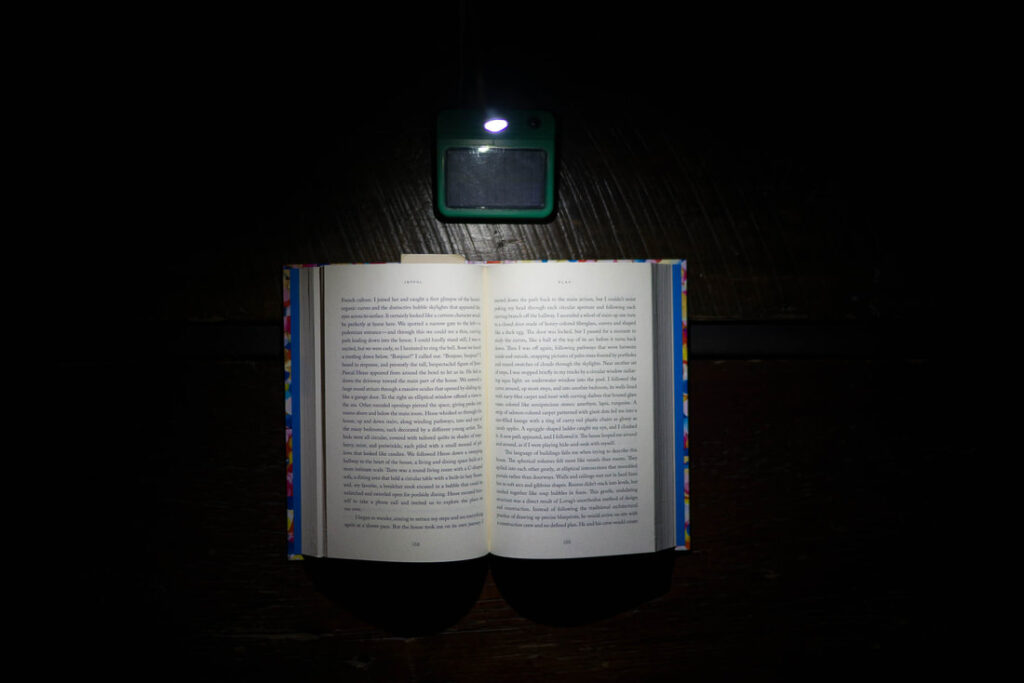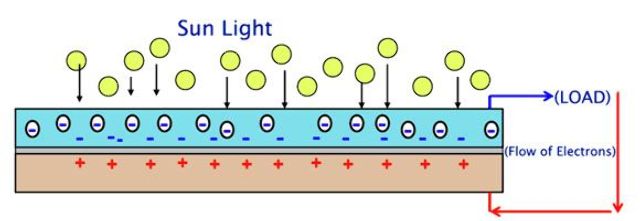
Empowering Kenyan Artisans with Safety and Opportunity
Safety and Opportunity for Kenyan Artisans This July, Unite to Light partnered with SAWA SAWA, an organization dedicated to empowering

In 1954 modern solar cells were invented at Bell Labs with the intent of powering satellites. For many years solar remained expensive but today prices have come down and solar electricity is everywhere. Our satellites and the Mars rover are solar powered, as are homes, toys, outdoor lighting and solar battery packs to charge our electronic devices. Importantly solar electricity is bringing light to the one billion people around the world who live without power. Often these solar lights are replacing kerosene or candles as light sources in the home. Let’s look at some frequently asked questions about solar lights and how they are changing the world.
What are solar lights made of? Solar lights are made up of four main components: the solar photovoltaic (PV) panel, battery, control electronics and the light fixture. When the sun is out, a solar panel takes the light from the sun and produces electrical energy. The energy can then be used immediately or stored in a battery. The goal of most solar lights is to provide power at night, so they will definitely contain a battery, or be capable of attaching to a battery. The battery itself may not need to have a large capacity, due to the availability of solar energy, but it should be long lasting to account for difficulties replacing batteries in many places across the globe.
The advent of the Light Emitting Diode (LED) for the light fixture has drastically reduced the capacity needs of both the solar panels and the batteries. They use significantly less energy than other types of lighting, so the solar panel and battery can be smaller (more transportable and less expensive). The control electronics are required to move the energy around the system, keep the system safe, and potentially switch on or off your light, depending on the level of light it’s exposed to. Solar lights made for outdoor lighting will often turn on automatically when it gets dark outside. Some solar lights made for reading will turn off during daylight hours to preserve the solar charge, but won’t turn on until they are powered on by a user.
How is solar energy produced? Let’s look a little more deeply into the science behind solar electricity. Solar energy is produced due to the photovoltaic effect. A photovoltaic panel (also known as solar cell) converts sunlight into electrical energy. The solar cell is made up of multiple layers of crystalline silicon and chemicals that create layers of negatively-charged electrons and positively-charged spaces. When light passes through the solar cell, it excites the negatively-charged electrons and pushes them into the positively-charged spaces. Those spaces then transfer the electron stream as direct current of electricity through the wires in the solar cell for use or to a battery where the power is stored until it is needed.


Safety and Opportunity for Kenyan Artisans This July, Unite to Light partnered with SAWA SAWA, an organization dedicated to empowering
Lighting the Path: How Unite to Light Supports the UN Sustainable Development Goals At Unite to Light, our mission is

Brighter Futures in Guatemala: Light, Water, and Community Empowerment When we stepped into Gloria Tuyuc’s home in San Juan Comalapa,